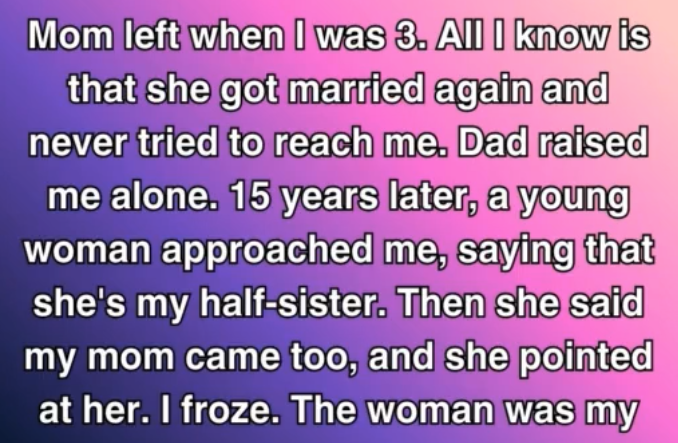1. Chest Pain or Persistent Cough
Bronchitis and chronic cough can be symptoms of several types of cancer, including lung tumors and leukemia. Individuals with lung cancer often report chest pain that extends down the arm and into the shoulders.
2. Shortness of Breath or Wheezing
Difficulty catching your breath is one of the early signs of lung cancer.
3. Difficulty Swallowing
Problems swallowing can be an early symptom of lung cancer and may also be associated with throat or esophageal cancer.
4. Frequent Infections or Fevers
Recurring infections or frequent fevers can indicate blood cell cancers such as leukemia, as the disease weakens the body’s ability to fight infections.
5. Uncontrolled Bleeding or Excessive Bruising
Excessive bleeding or bruising can signal abnormalities in red blood cells, which may be a symptom of leukemia.
6. Lumps or Swollen Lymph Nodes
Lumps under the arm, in the neck, or in the groin, as well as swollen lymph nodes, may indicate changes in the lymphatic system, which can be a sign of cancer.
7. Abdominal Weight Gain or Bloating
Women with ovarian cancer often report prolonged abdominal bloating.
8. Weakness
Unexplained fatigue or weakness can be a symptom of various cancers. It is advisable to consult your doctor if you feel persistently tired without reason.
9. Abdominal or Pelvic Pain
Cramping or pain in the abdomen or pelvis often signals ovarian cancer. Abdominal pain may also be associated with leukemia.
10. Loss of Appetite or Feeling Full Quickly
Difficulty eating or feeling full quickly are additional signs of ovarian cancer. Women often report a lack of appetite even when they have not eaten for a long period.
11. Sudden Weight Loss
Unexpected weight loss can be an early indicator of digestive cancers, such as colon cancer, and may also point to liver cancer, which affects waste elimination and appetite.
12. Blood in Stool or Rectal Bleeding
These conditions may be symptoms of colorectal cancer. Medical consultation is recommended if you notice blood in the toilet.
13. Swollen, Sore, or Red Breasts
Any unusual changes in the breasts should be evaluated by a doctor, as they may indicate breast cancer.
14. Stomach Upset or Persistent Nausea
Frequent upset stomach or stomach cramps may signal colorectal cancer.
15. Bleeding Between Periods or Painful/Heavy Periods
These issues can be associated with uterine or endometrial cancer. If your bleeding patterns differ from routine heavy periods, a transvaginal ultrasound is recommended.
16. Nipple Changes
Inverted, flattened, or sideways-turning nipples may be a sign of breast cancer.
17. Skin Lumps That Bleed, Crust, or Do Not Heal
Lumps or spots that bleed easily, become crusty, or fail to heal can indicate melanoma, a form of skin cancer. It is important to monitor any unusual growths or changes on your skin.
18. Swelling of Facial Features
Redness, swelling, or puffiness of the face can occur in individuals with lung cancer, as blood flow from the face and head may be obstructed.
19. Pain in the Lower Right Side or Back
Pain in the lower right side or back is often reported by individuals with liver cancer and can also be associated with breast cancer.
20. Changes in Nails
Unexplained changes in the fingernails can signal several types of cancer. A black or brown streak or spot under the nails may indicate skin cancer, while white or pale nails can be a symptom of liver cancer.
Paying attention to these warning signs and consulting a doctor when they appear can help detect cancer or other serious illnesses early, improving the chances of effective treatment.




